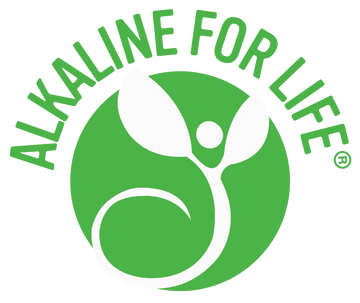How Stress Could Be Damaging Your Bones

Osteoporosis and the Stress Response
Our skeleton is a “maternal giver,” always ready to sacrifice itself for the higher survival needs of the whole. For example, if blood calcium drops to a threateningly low level, the skeleton immediately breaks itself down infusing a life-sustaining level of calcium into the blood. If blood pH takes even a slightly acidic tilt, again bone willingly sacrifices its alkalizing mineral compounds to reestablish the obligatory blood pH balance. Now scientists have discovered a new fascinating and unexpected way bone protects the whole-body system—the role that our skeleton plays when we face danger. Here’s the hot-breaking scientific story and what it might suggest for how our bones are weakened by stress.
For more than two decades, researchers at Columbia University have studied the bone protein known as “osteocalcin.” Osteocalcin is the bone-produced protein responsible for the formation of new bone. Osteocalcin forms new bone, but it also leaves bone to play many other roles well beyond its skeletal role—the most recently discovered of which is the role of osteocalcin in our response to stress. In short, scientists now report that our bones guarantee that we have the get up and go to either “fight or flee” when faced with life-threatening danger. (1)
- When faced with danger the brain registers a fear response in its amygdala.
- This alarm signal gives the call for the specific activated form of osteocalcin to be sent to the blood.
- To provide for this active form of osteocalcin (as opposed to the inactive form) the bone-forming osteoblasts increase their uptake of the neurotransmitter glutamate—this neurotransmitter prevents inactivation of the osteocalcin.
- Active osteocalcin is then sent flooding into the blood stream.
- Active osteocalcin then “turns off” the “rest and digest” parasympathetic nervous system.
- With the counter-balancing parasympathetic nervous system turned off, the “fight or flight” sympathetic nervous system is allowed to run full tilt without any brakes.
- The unrestrained “fight or flight” response fuels the body with high powered stress hormones fueling an immediate and robust response to the danger.
Few, if any, researchers expected bone to play a role in our stress response, but this new finding makes sense. Just as nature provided humans with two eyes, two sets of lungs, two kidneys, two sets of hands, etc., nature also provided for a bone-centered backup response to life-threatening danger. Our skeleton, we now know, serves along with the adrenals to guarantee a robust flight or fight survival response. In fact, this new research found that bone response to danger occurs before the adrenal hormones have time to kick in and it will occur even if the adrenals are removed or non-functional. (1)
Does bone suffer as it donates its osteocalcin to respond to acute stress?
It's obvious that the body has only a finite pool of resources and energy available for its use. On a minute-by-minute basis, the body decides where to invest these resources. Noting that so many individuals with osteoporosis are anxious, it was speculated that the body might be spending its energy on this fear response rather than building bone.
Now we know that this is a real possibility. Activated osteocalcin is produced by the bone-building osteoblast cells. These cells can only produce so much osteocalcin, and it is suspected that the expenditure of osteocalcin on the fear response will limit the osteocalcin available for building new bone.
Can our skeleton’s role in supporting acute stress contribute to osteoporosis?
While there is not likely to be a problem if our bone-building osteocalcin is called upon once in awhile, when stress is all too often long-term and chronic as in today's fast-paced society, bone is likely to suffer.
Reference:
- Berger, J. M., et al. 2019. Mediation of the acute stress response by the skeleton. Cell Metabolism 30(5):890-902.e8.


